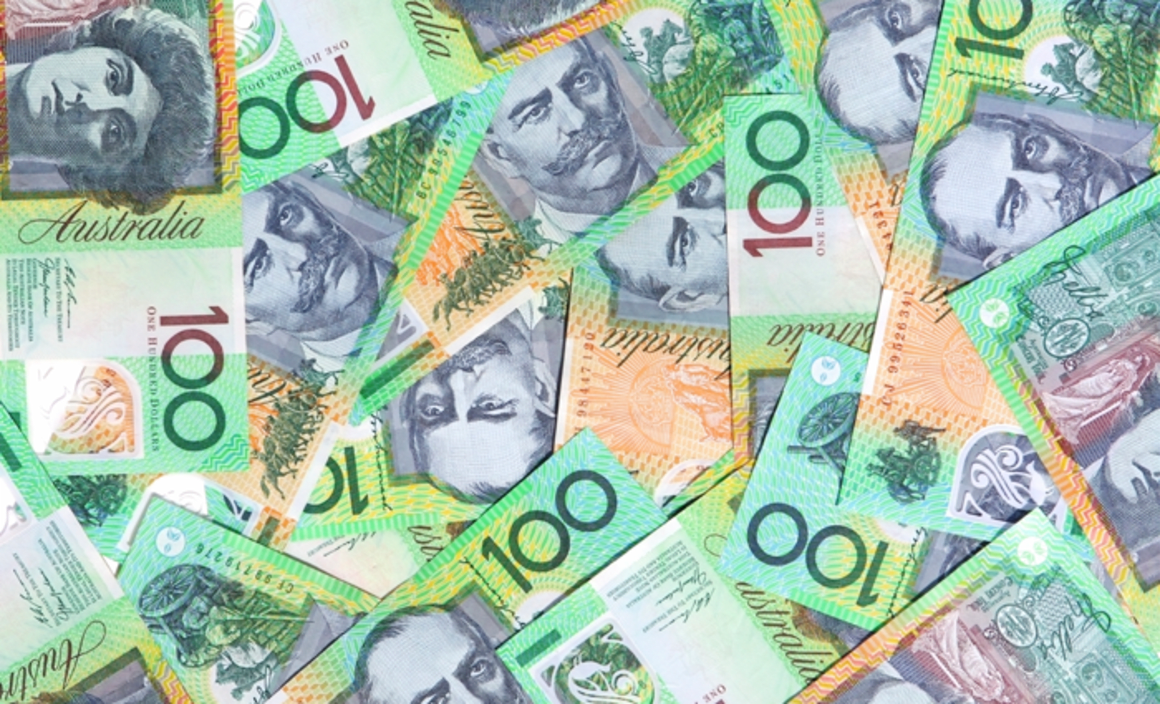How to identify a healthy property market: OpenCorp's Allister Lewison

GUEST OBSERVER
To the inexperienced investor, the property market can seem like an overwhelming mix of numbers, jargon, cycles and advice. Knowing what the property market is doing is a challenge but it is important to learn as much as possible.
When you are informed you can make your own decisions, rather than relying on someone else telling you what to do. Here are the six best ways to identify a healthy property market so you can take control of your investing choices.
1. The first thing to look out for is the movement of titled stocks. When it comes to property development there are multiple stages, beginning with acquisition, through to planning, civil works, roads, subtitles, and finally registered, titled lots ready to go. If developers are selling all of their stock before everything is complete, that’s a good sign that the market’s warming up. If there are thousands of completed lots sitting there, registered but unsold, that means the market is slow.
2. When the market is healthy, you will be able to see the media increasingly reporting good news property stories. As the growth cycle moves upwards, developers are the first to act. Following that, around 12 months later, the media catch on and start reporting. That pushes the market up to its peak because that’s when your everyday investors catch on and open their wallets. Keep an eye out for the ‘b’ word in the press (that’s bubble), as that is a good sign that the market is hot.
3. Underlying to any market movement is the economy; therefore it’s wise to keep an eye on Australia’s four main capital cities. Melbourne and Sydney’s economies tend to move together, with Sydney slightly ahead. This comes down to economic drivers, and that Sydney is a larger business hub. The economies of Perth and Brisbane rely on two main industries: tourism and mining. If the economy is flat, depending on how flat and why, then the property market may sit flat too.
4. Another sign is the rental market. I look for two things: low rental vacancy rates in a market and for rising rental prices. Simply, due to the nature of supply and demand, the rising cost of rentals equals an increased need for housing. An increased demand for property means a healthy market
5. When the market is booming, development and government incentives begin to dwindle. Incentives, like the First Home Owners Grant, are put in place to get people into the property market, driving the economy. This is because the building industry is vast, and when it is thriving you need appliances, benches, landscapers and myriad other products and services. So when these incentives are harder to come by, that means market is healthy.
6. If you’re selling a property, and once you’ve listed it you immediately receive multiple offers, that’s the sign of a healthy market. This is tracked via a mechanism called average days on the market. Alternatively if you are selling at auction, you will receive crowds of people attending, which is what we’re seeing in our capital cities at the moment.
Due to the fickle nature of the industry these six identifiers won’t always line up at once, but if you’ve got four or more of these, then the market is fairly healthy, which is great news for investors.
Allister Lewison is director of OpenCorp and can be contacted here.